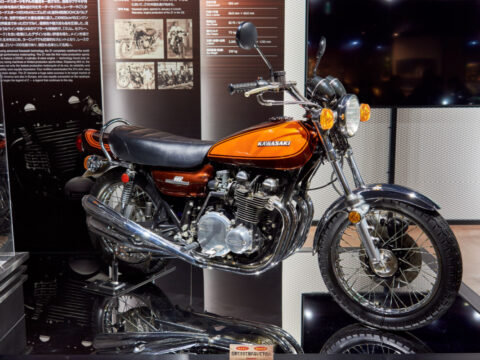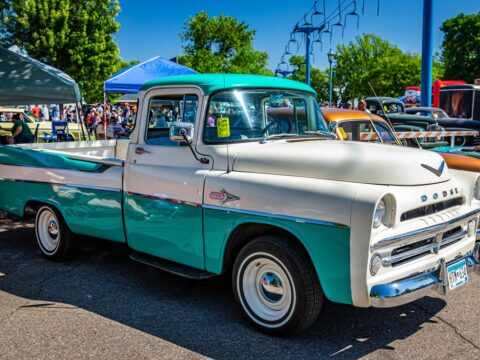Transmission issues are a common challenge in maintaining historic European cars. While these vehicles are known for their style and performance, their gearboxes often present unique problems that require extra care. From stiff shifting to worn synchros, each car has its own set of quirks. Understanding these issues is key to keeping these classic beauties running smoothly.
Contents
Porsche 911 (1964-1989)
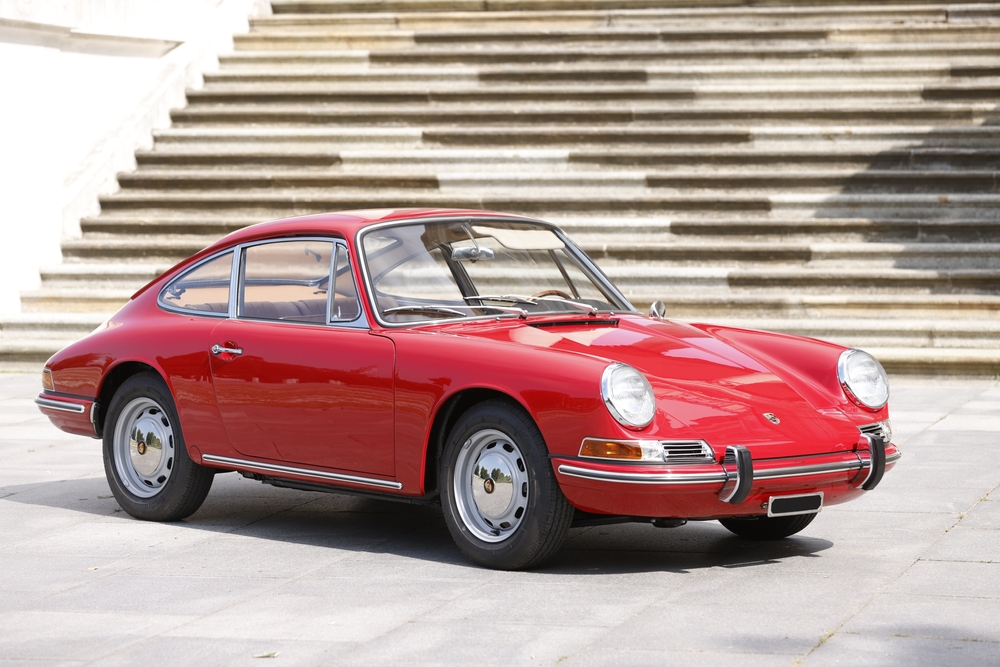
Early Porsche 911 models, particularly those with the 901 gearbox, were notorious for stubborn gear shifting. Drivers often faced issues when moving between second and third gears, with grinding being a frequent problem. This was due to the gearbox’s less-than-ideal synchronization. Even though Porsche introduced the 915 transmission to address these concerns, older models still present challenges.
Jaguar E-Type (1961-1974)

The Jaguar E-Type is known for its iconic design, but its transmission didn’t match the car’s elegance. Early versions used the Moss gearbox, which made shifting vague and imprecise, particularly in first gear. Owners often experienced frequent grinding when downshifting. Although Jaguar improved the gearbox in later models, this remains a persistent issue in earlier versions.
Ferrari 308 GTB (1975-1985)
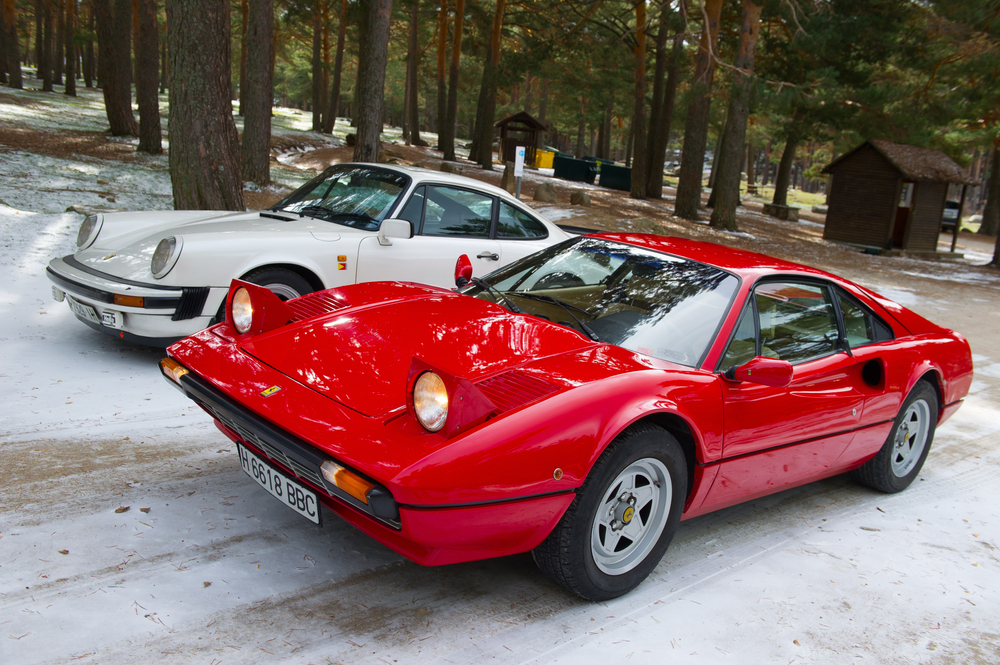
While the Ferrari 308 GTB is celebrated for its performance, its gated five-speed manual gearbox presented some challenges. Shifting when the gearbox was cold could be stiff and difficult, which frustrated many drivers. Additionally, the synchros would wear quickly, especially when shifting at high RPMs, causing gear crunching.
Alfa Romeo Spider (1966-1994)

Alfa Romeo Spider’s five-speed manual gearbox had significant issues, especially with its synchros. Many drivers complained about the difficulty of downshifting from third to second gear, often causing unwanted grinding. This problem was particularly prevalent in earlier models before Alfa Romeo improved the design. While later versions were more reliable, collectors still struggle with this issue in vintage models.
BMW 2002 (1968-1976)
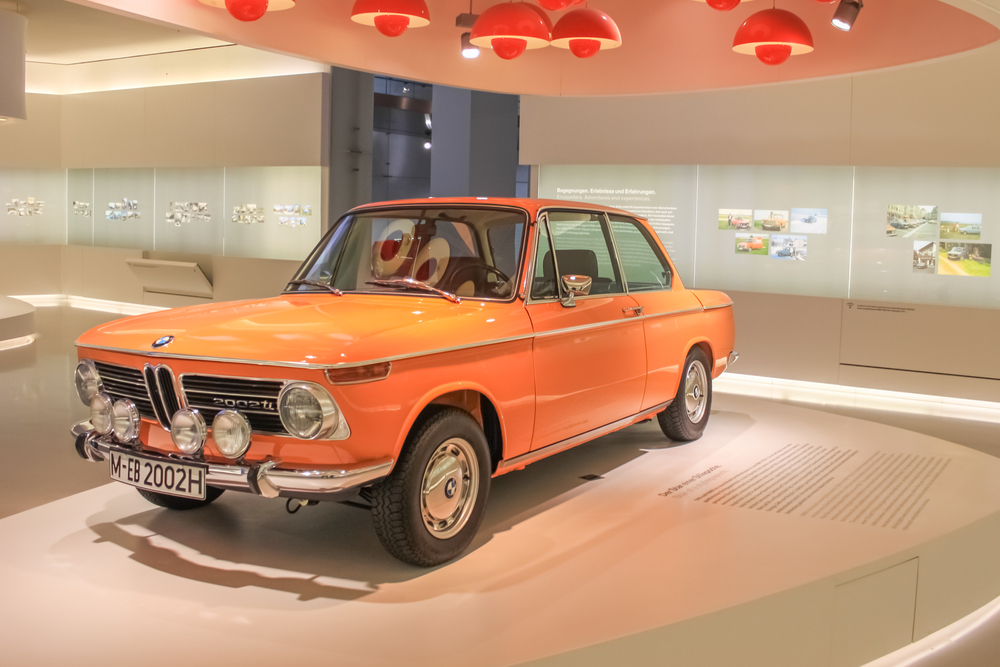
Despite its status as a beloved classic, the BMW 2002 wasn’t immune to transmission troubles. Gear synchro wear was common in early models, leading to stiff shifting, particularly in second and third gears. Owners often noted grinding during quick transitions between gears. As a result, many enthusiasts now opt for modern upgrades to ensure smoother shifting. The original gearbox’s durability, however, adds a layer of complexity to restoration efforts.
Citroën DS (1955-1975)
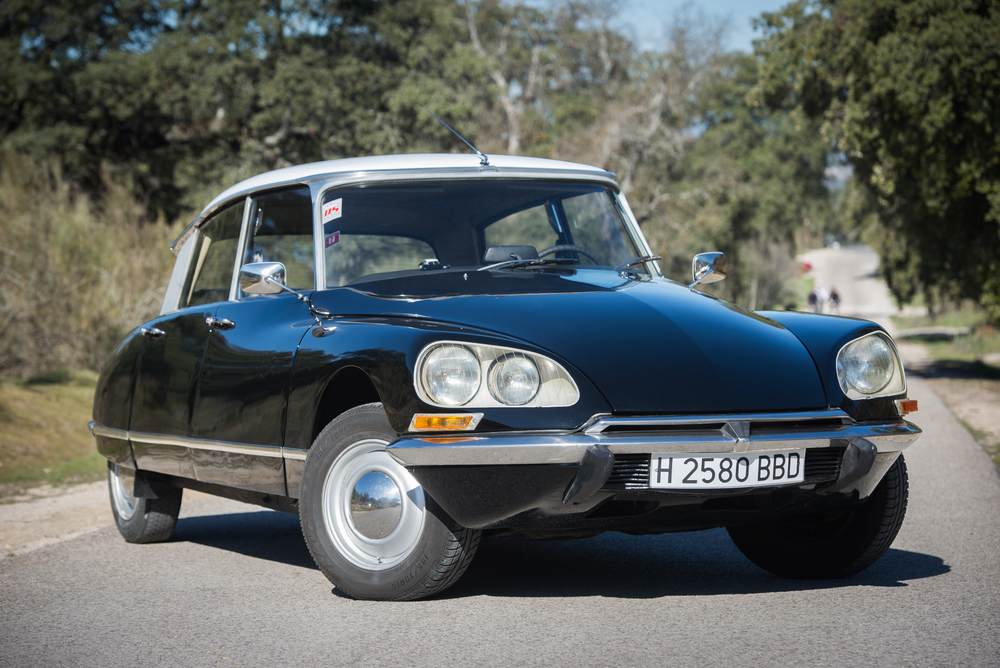
The Citroën DS, famed for its hydraulic systems, featured a semi-automatic transmission that was ahead of its time but plagued with reliability issues. The hydraulic pressure system controlling the gears was prone to developing leaks, leading to loss of shifting functionality. This issue could cause the car to be stuck in a single gear. Maintaining the DS’s hydraulic transmission is a specialized task, as failure often requires a complete overhaul.
Volkswagen Beetle (1938-2003)
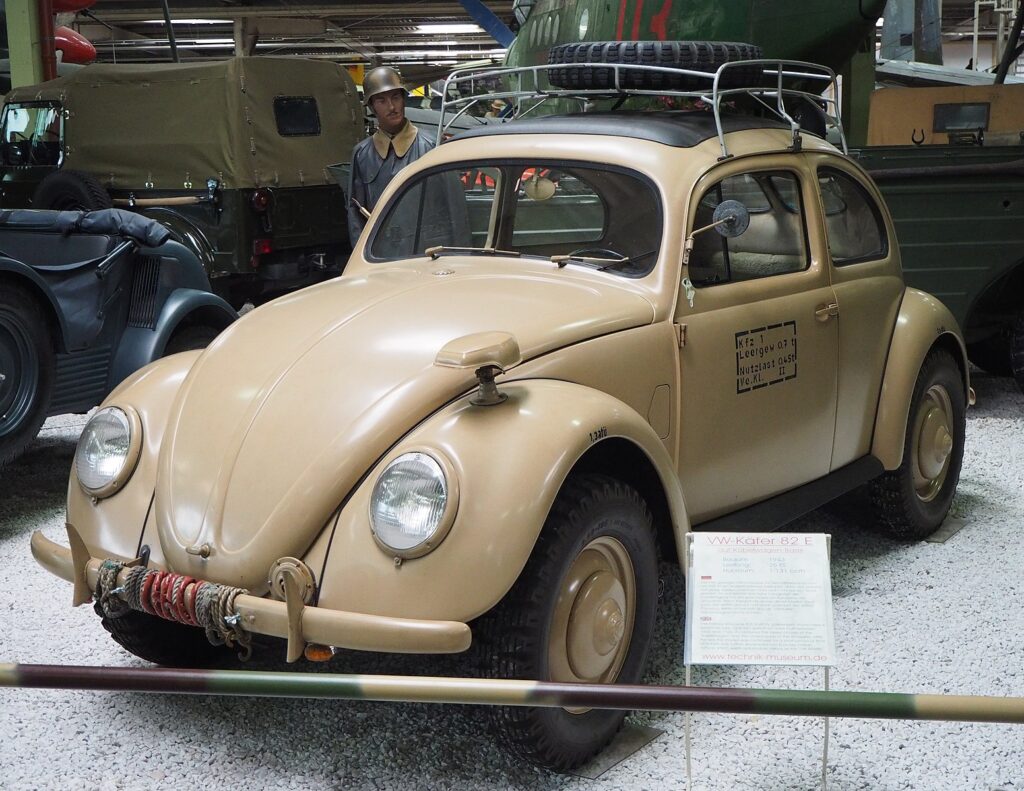
Though renowned for its simplicity, the Volkswagen Beetle’s four-speed manual gearbox had its own set of quirks. One common issue was the synchromesh for first gear wearing out over time, making downshifting into first nearly impossible without grinding. Many Beetle enthusiasts have also noticed the gearbox becoming increasingly noisy with age. Regular maintenance, however, can keep the Beetle’s transmission issues manageable.
Mercedes-Benz 300SL Gullwing (1954-1963)

The Mercedes-Benz 300SL Gullwing is legendary for its design, but its manual transmission was not as smooth as one might expect. The four-speed gearbox had synchronization issues, especially between first and second gear, leading to a clunky shifting experience. Many drivers reported difficulty in smooth gear transitions, particularly at higher speeds. Weak synchros often resulted in premature wear. This gearbox quirk adds complexity to owning and maintaining one of these classic cars.
Renault 4 (1961-1994)
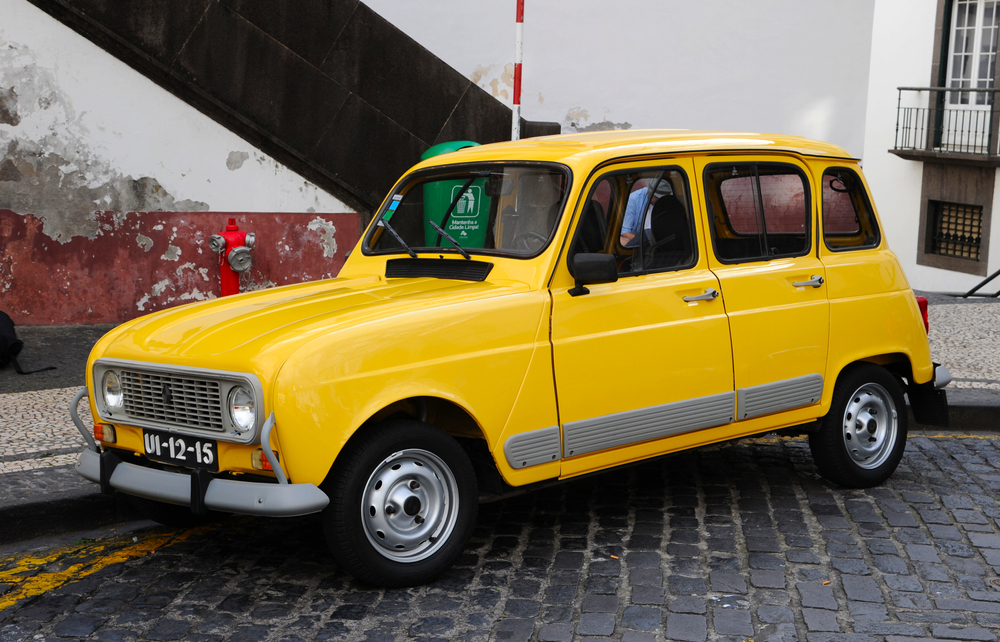
The Renault 4’s gearbox was known for developing problems with age, particularly with the synchros. Shifting into first gear was difficult without grinding, and many owners found that the transmission became noisy over time. Though the Renault 4 was built as an affordable, practical car, maintaining the transmission has proven challenging for restorers. Regular repairs are required to ensure smooth operation. This issue remains a common concern for collectors today.
Aston Martin DB5 (1963-1965)

Despite its fame as James Bond’s car of choice, the Aston Martin DB5 faced issues with its early four-speed manual gearbox. Drivers often reported difficulty shifting into second gear due to weak synchros. The transmission felt stiff, and gear grinding was a frequent problem. Aston Martin later offered an improved five-speed gearbox, but the early DB5 models remain challenging to drive smoothly.
Saab 96 (1960-1980)

The Saab 96 featured a freewheel system, an unusual mechanism designed to disengage the engine from the gearbox when coasting. While innovative, this system often led to premature transmission wear. Drivers had to adjust their shifting habits to avoid sudden jerks, and many found the freewheel feature unreliable as it aged. Repairs to the system are common, but difficult, as replacement parts are increasingly scarce.
Fiat 124 Spider (1966-1985)

The Fiat 124 Spider, known for its lively performance, was often let down by its gearbox. The five-speed manual suffered from worn synchros over time, leading to difficulty when shifting into reverse or second gear. Many owners reported stiff shifts and the occasional grinding noise. These transmission issues were especially common in early models. Collectors frequently need to rebuild or replace the transmission to restore the Spider’s smooth performance.
Triumph TR6 (1968-1976)
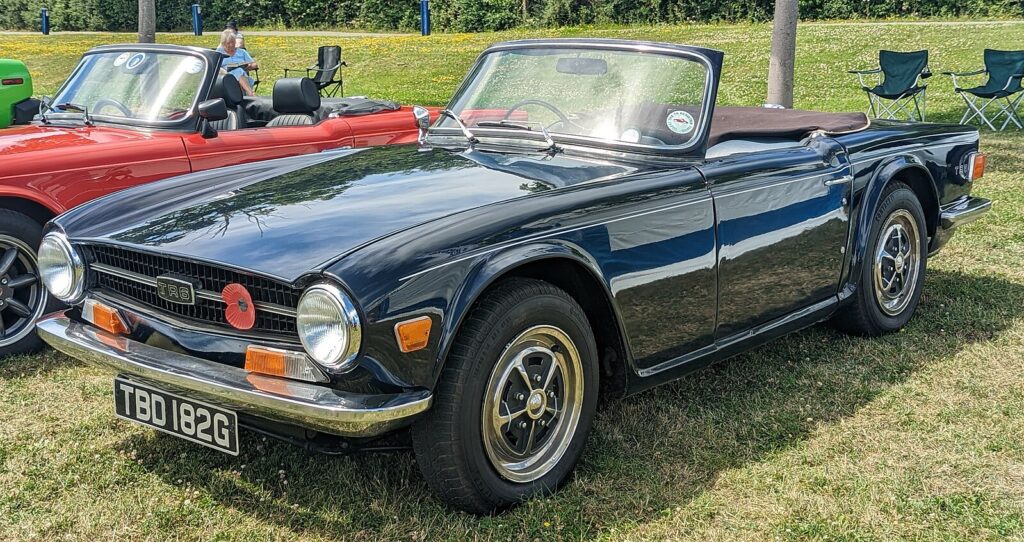
The Triumph TR6, while revered for its powerful engine, was often criticized for its inconsistent gearbox. The manual transmission suffered from poor synchro performance, especially in second gear, which caused gear grinding. Additionally, models equipped with overdrive units frequently experienced overdrive failure. This added an extra layer of complexity to the car’s maintenance. Enthusiasts today often seek out modern transmission upgrades to resolve these recurring problems.
Volvo P1800 (1961-1973)
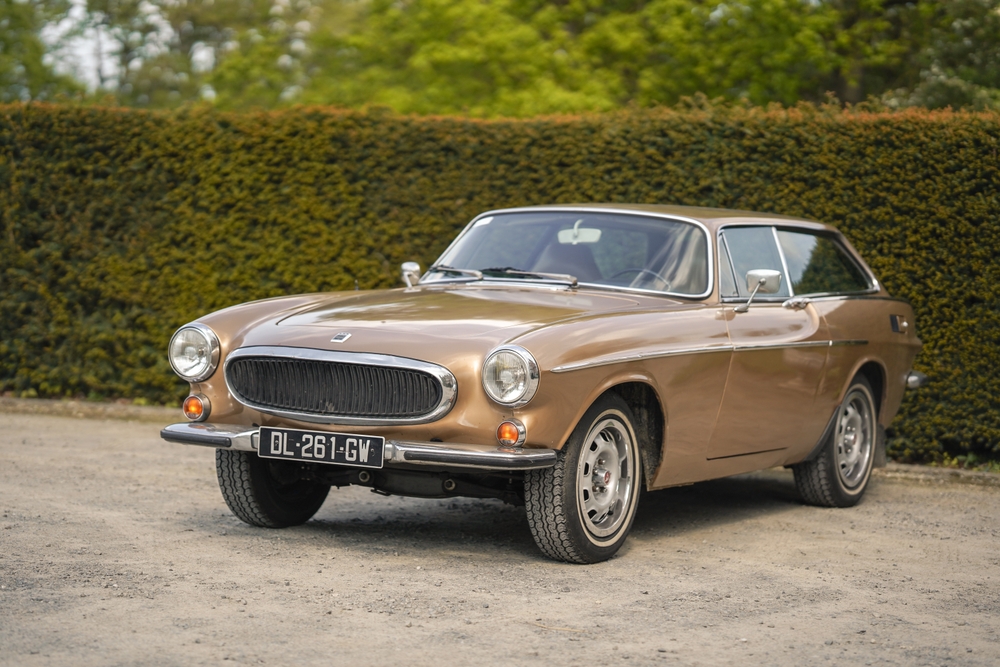
The Volvo P1800’s manual gearbox, although durable, often had issues with cold shifting. Drivers frequently struggled to engage first and second gears until the transmission oil warmed up. Additionally, the overdrive unit, a common feature in the P1800, was prone to failure over time, necessitating repairs. These quirks make the Volvo P1800’s transmission maintenance-intensive. Despite these challenges, the P1800 remains a favorite among collectors for its durability.
Maserati Ghibli (1967-1973)
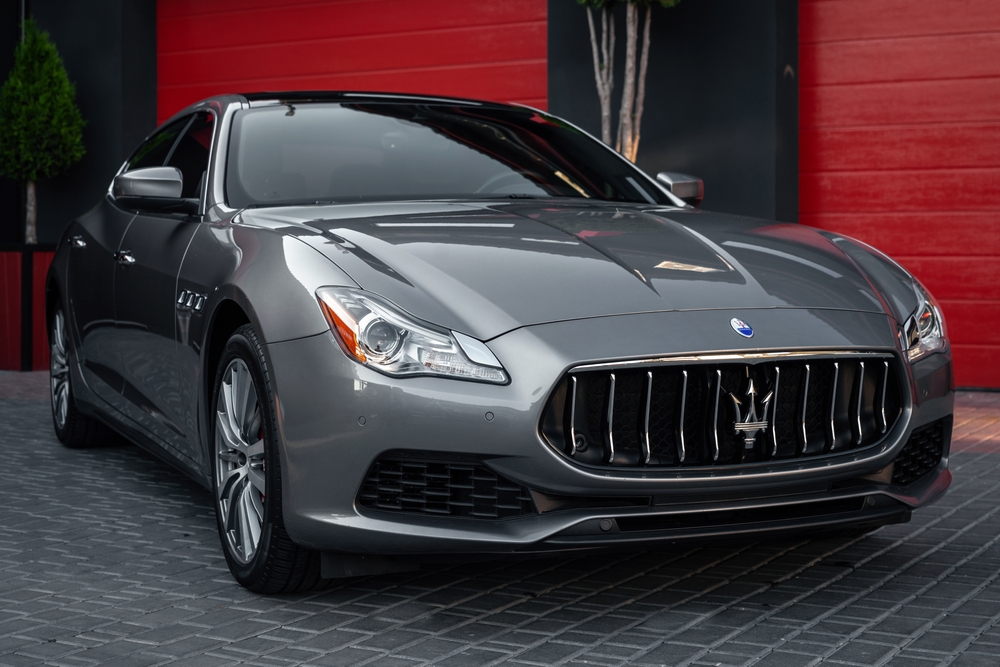
The Maserati Ghibli’s five-speed manual transmission, while sophisticated, proved unreliable for many owners. Shifting into second gear was a particular challenge due to weak synchronization, often resulting in grinding and stiff transitions. Over time, the transmission’s synchros tended to wear out quickly, leading to high maintenance costs. These gearbox issues are a known difficulty for those restoring a Ghibli today. Mechanics must often perform extensive repairs to keep the car roadworthy.
Peugeot 504 (1968-1983)

The Peugeot 504, famed for its durability, faced transmission issues that developed over time. Many owners reported stiff shifting, particularly in second and third gears, which was due to worn synchros. The gearbox also became noisy with age, requiring regular attention to keep it operating smoothly. Despite these issues, the 504’s transmission was generally robust and could be restored with the right repairs. Enthusiasts often cite these challenges when restoring vintage models.
Lotus Esprit (1976-2004)

Lotus Esprit models from the 1970s and 1980s had a five-speed manual transmission that was notorious for its stiffness. Many drivers found it particularly difficult to engage reverse, and the gearbox often felt sluggish, especially when the car was cold. High-performance models placed extra strain on the transmission, causing wear and tear over time. Owners frequently need to replace worn components to maintain the Esprit’s iconic handling
Lancia Fulvia (1963-1976)
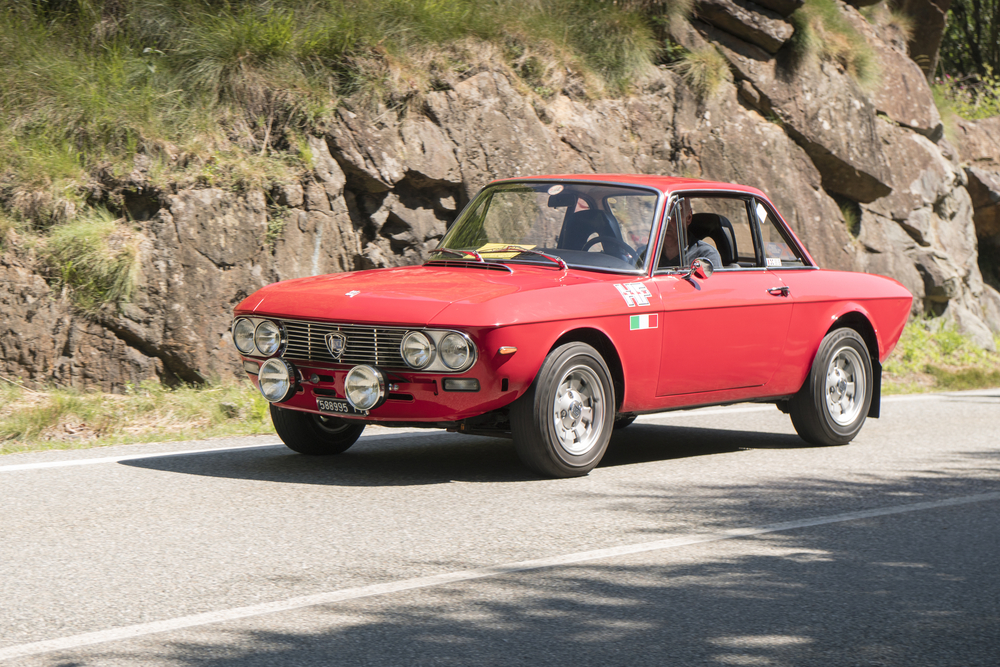
The Lancia Fulvia’s four-speed manual transmission, though innovative for its front-wheel-drive layout, had its fair share of issues. Weak synchronization between first and second gear led to frequent grinding during downshifts. Over time, the gearbox became noisy, with drivers reporting difficulty in maintaining smooth shifts. These issues were particularly challenging to repair due to the Fulvia’s unique design. Despite these flaws, the car remains a beloved classic among Lancia enthusiasts.
Rover P6 (1963-1977)

The Rover P6 came with both manual and automatic transmission options, both of which presented unique challenges. Manual versions were prone to weak synchros, particularly in second gear, causing grinding during quick shifts. The automatic gearbox, on the other hand, was slow to respond and often slipped as it aged. Maintaining the P6’s transmission requires regular repairs to prevent further issues.
Opel Manta (1970-1988)
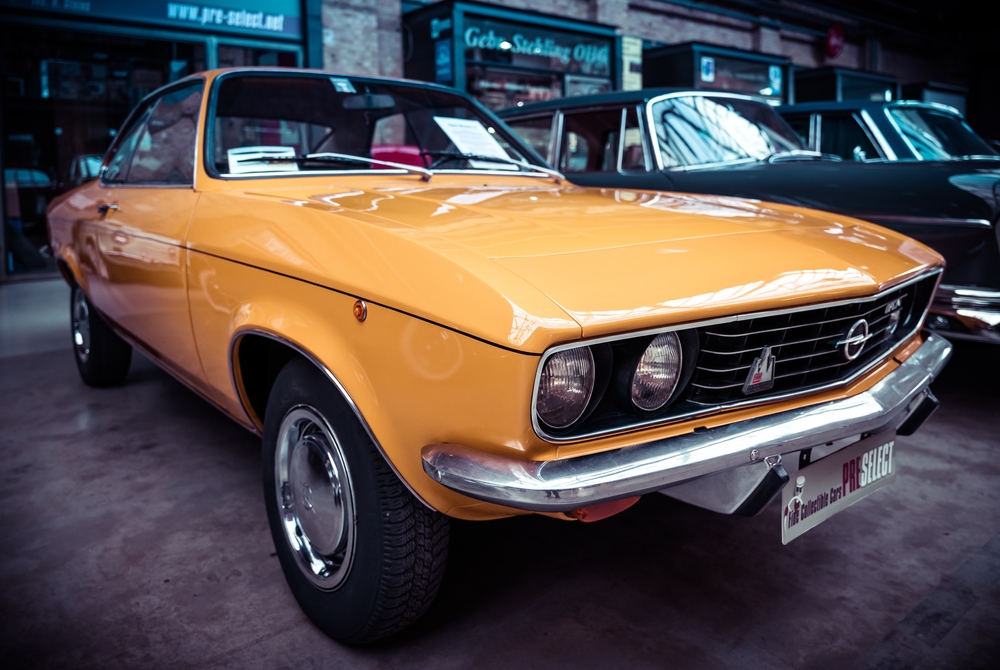
The Opel Manta’s four-speed manual gearbox had a tendency to develop wear over time, especially in the synchros. Drivers often found shifting into first and second gears to be difficult, with grinding a common occurrence. As the gearbox aged, it also became noisier, adding to the frustration for drivers. Regular maintenance and careful repairs are essential to keep these gearboxes in working condition. The Opel Manta’s transmission is a frequent target for restoration efforts today.
This article originally appeared in MyCarMakesNoise.
More from MyCarMakesNoise
10 Fascinating Facts About High-Speed Bullet Trains

High-speed bullet trains have transformed the way we think about travel, offering an efficient, comfortable, and sustainable alternative to traditional transportation methods. Read More.
25 Iconic Cars From the 1950s You Shouldn’t Forget
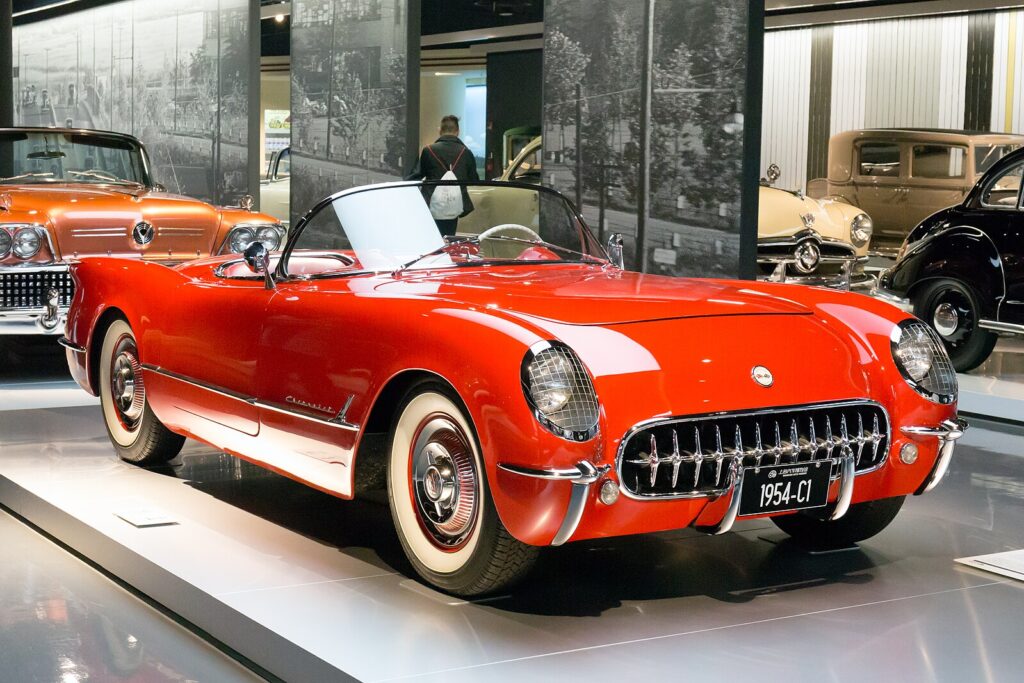
The 1950s was a golden era for automotive design, filled with iconic cars that captured the spirit of innovation and style. Many of these classics have been forgotten over time, but they deserve to be remembered. Read More.
15 Forgotten Electric Vehicles That Were Way Ahead of Their Time
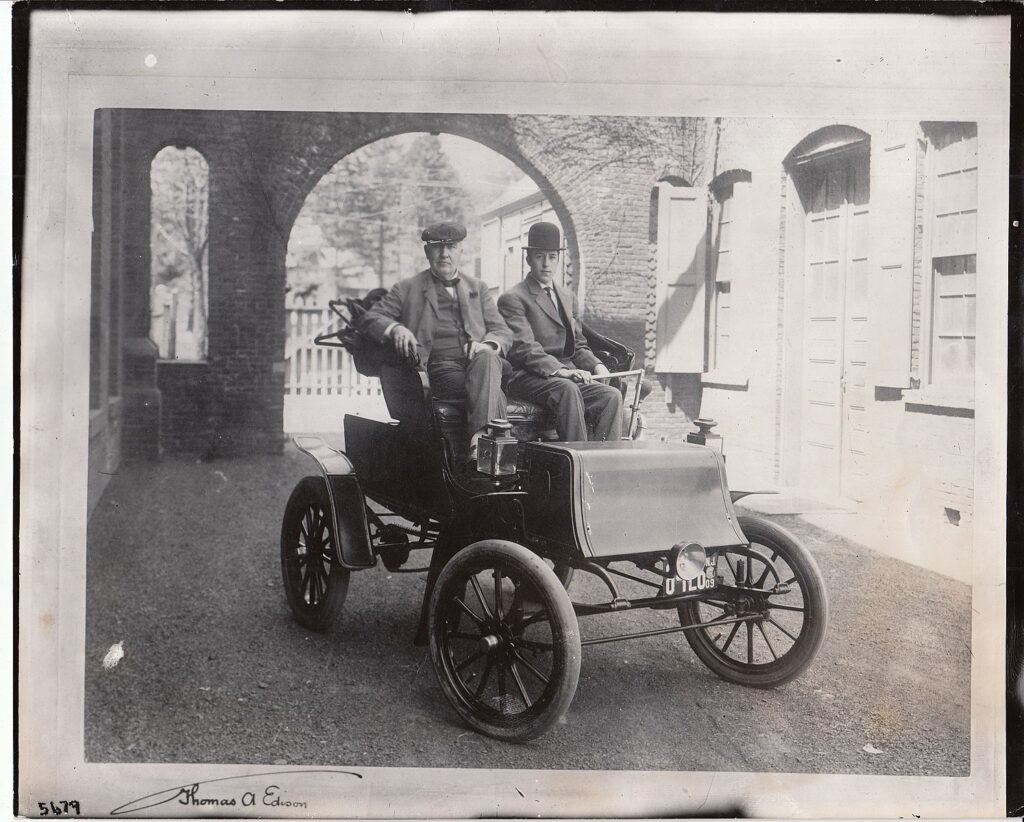
Electric vehicles might seem like a modern innovation, but they’ve been around for longer than you might think. In fact, some early electric vehicles were so advanced that they seemed almost futuristic for their time. Read More.

